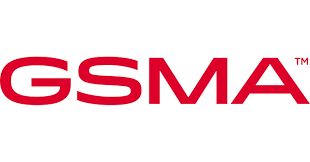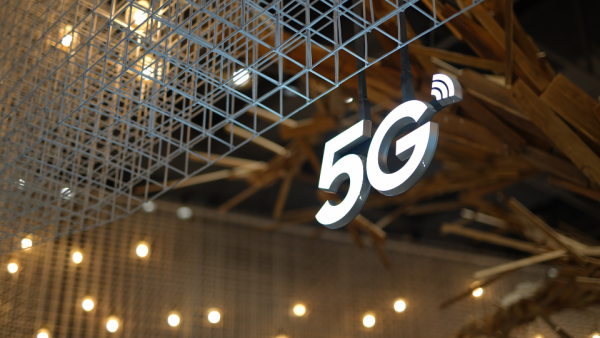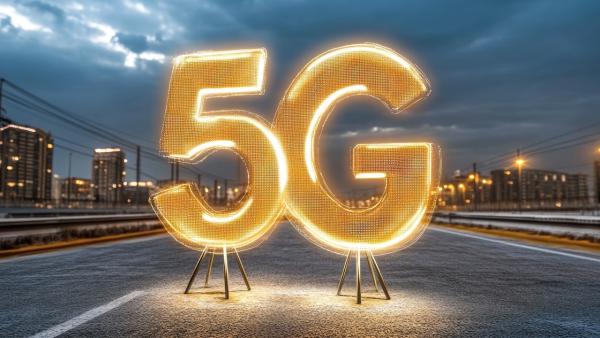Written by Stefan Pongratz from Fierce Wireless

The millimeter wave (mmWave) narrative has gone through multiple iterations since researchers and industry experts predicted 5G would be all about mmWave back in 2010. As we now know, mmWave accounted for about 1% to 2% of the 2021 RAN market and near-term growth prospects are failing to impress. While the mmWave bands provide large swaths of bandwidth and have the potential to provide operators and enterprises with incremental capacity and superior throughputs, range and indoor penetration in typical conditions remain inferior relative to the sub-6 GHz spectrum.
The implications are that the potential cost benefits with the wider bandwidths are diluted with the overhead required to densify the network and provide a satisfactory experience beyond low-mobility hotspot scenarios. In order for the mmWave spectrum to play a greater role in the long-term capacity roadmap, it will be critical to improve the economics. There is no shortage of innovation in this regard, however the uptick in power boosting tests/announcements warrants another look and could potentially pave the way for the next phase in this mmWave journey.
Mini-macros might be part of the equation, especially for fixed wireless access (FWA).
Qualcomm recently announced its next generation compact macro 60 dBm EIRP design, targeting a potential 240% range increase relative to its other small cell RAN platforms and 50% cost reduction relative to traditional mmWave macros. This is in response to a trend it sees both in the U.S. and Japan to densify the network at existing light-poles. Qualcomm is betting that the 60 dBm peak EIRP level provides the right balance when taking into consideration the non-linear change in the power consumption and form factor required to produce the higher RF output power.
Huawei is exploring if the RF output power needs to go even higher in order for mmWave gNBs to be deployed more like macros and address a greater portion of the MBB traffic. At Huawei’s MBBF2022 event, the vendor shared results from on-going trials in China using 70 dBm EIRP (2048 dipoles), with promising range and indoor performance results when deployed like macros (~380 m ISD and 40+ m height).
T-Mobile US has also stated that it wants to put its mmWave assets to better use by addressing some of the known propagation constraints without massive site densification. Instead it is assessing if it can leverage existing sites and deploy mmWave as a macro overlay in locations where it makes sense primarily to boost its FWA capacity.
In addition to the higher EIRP trajectory, there are on-going efforts to improve the economics using repeaters and RIS (Pivotal Commware estimates its repeater can extend the gNB coverage by 50% and initial ZTE tests show its RIS can improve the coverage by 30%).
Taken together, we believe there are reasons to revisit the long-term mmWave forecast both to fine-tune the FWA opportunity and to consider the MBB implications with higher EIRP systems deployed as macros. Of course we need more data points (and high-band spectrum in China) before getting too excited. Still, preliminary developments provide some hope the mmWave narrative has more room to evolve.
Stefan Pongratz is a vice president at the Dell’Oro Group. He joined Dell’Oro in 2010 after spending 10 years with the Anritsu Company. Pongratz is responsible for the firm's Radio Access Network and Telecom Capex programs and has authored advanced research reports on the wireless market assessing the impact and the market opportunity with small cells, C-RAN, 5G, IoT and CBRS.
"Industry Voices" are opinion columns written by outside contributors—often industry experts or analysts—who are invited to the conversation by FierceWireless staff. They do not necessarily represent the opinions of the editorial board.
Click here to read the original article.









